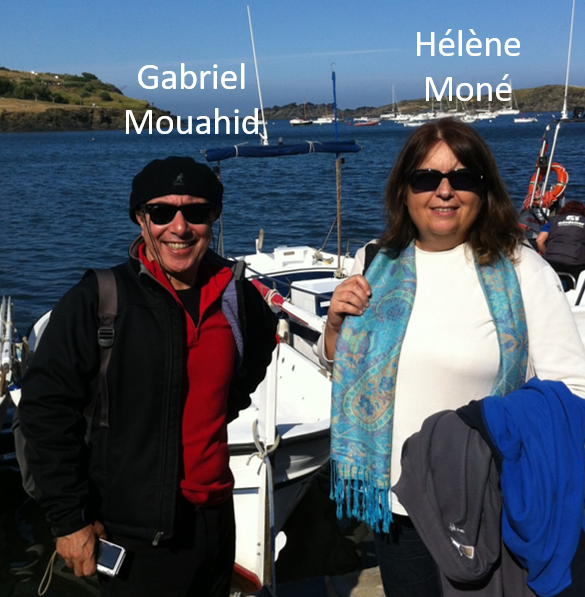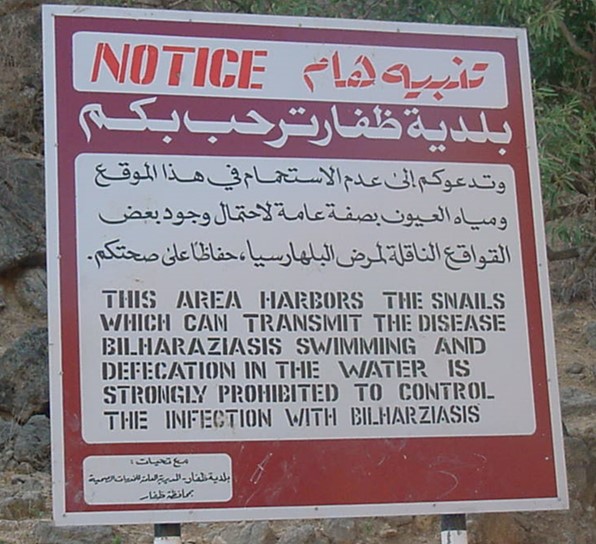Overview

After a single schistosome miracidia penetrates a snail, sporocysts grow and divide, and 1000s of single sex clonal miracidia are released. There is genetic variation among schistosomes in the size of the sporocysts, the numbers of cercariae larvae released, and virulence to the snail host.
There is also variation in shedding time – some parasites shed cercariae in the day, while others shed cercariae during the night. We aim to understand the genetic basis of these adaptive parasite traits.
Our work on cercarial shedding time is a collaboration with with Helene Mone and Gabriel Mouahid.

populations: one populations shed’s larval
cercaraie from snails in the night and tends
to infect rodents; a second population sheds
cercaraie in the day and tends to infect people.

our collaborators on work on
schistosome chronobiology

schistosomiasis risk in Oman
